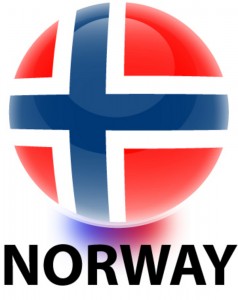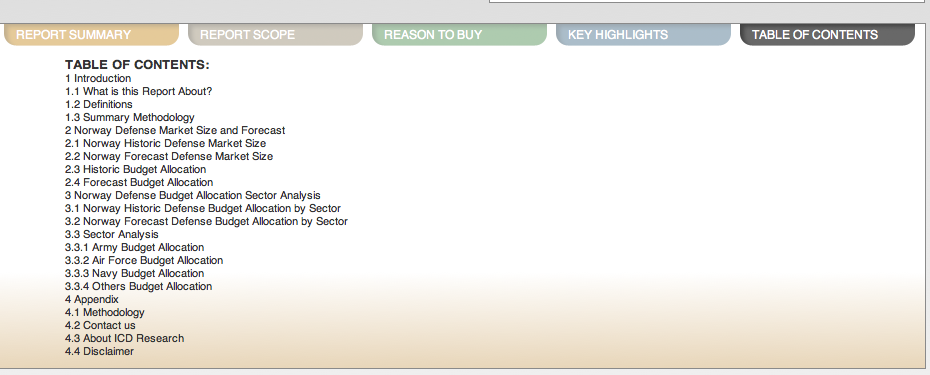5/23/12
By Robbin Laird
As the Euro zone is re-shaped, it will have a major effect on Europeans and defense. Defense and national forces are a key part of sovereignty and expression of what a nation believes and seeks to defend.
The Euro zone countries face a major question because of the dominance of Germany on what type of defense Europe will shape and mount.
But the Euro zone is not the whole of Europe, the UK, Denmark, Sweden and Norway certainly are cases in point.

For Norway, the Arctic and it vast challenges and resources can be the anchor point for defense and security efforts for decades to come. And Norway is one of the few European states mounting significant defense growth over the next few years.
And at the heart of modernization is the re-shaping of their power projection or regional defense capabilities.
Without doubt, Norway wants to play a broader role within NATO and Europe, but the heart of their defense effort will be generated, focused and built to deal with the Arctic domain.
Indeed, the Arctic defense and security domain is a key element of the new European defense and security map.
Recently, the Norwegian Ministry of Defense released a new defense strategy.
Among other things the Plan underscored:
The acquisition of new fighter aircraft, with the accompanying reform of the base- and support structure, will serve as a catalyst for adjustment of the entire Air Force structure. By concentrating main activity to a fewer number of bases, and by further cultivating competency, more resources will be available for operational activity. Government recommends that the new main base for the fighter jets is Ørland airbase. A forward operating base will be established at Evenes. Aircraft assigned to the QRA (Quick Reaction Alert) role, will be permanently based here. Ørland is the one base best meeting the criteria regarding daily training conditions. Evenes is the preferred base for forward deployment, by both our own and allied air forces. Basing the jets at Ørland and Evenes has few and acceptable environmental impacts, especially regarding noise. The combination is also considered to be the best choice regarding possible future development, particularly since Ørland is an existing military air base, providing the necessary flexibility for the next 30-40 years. This solution is a sound choice from a security policy standpoint, has an acceptable cost and development potential.
The Government’s ambition for the defence sector remains steadfast. A total acquisition of 52 F-35s fulfills this ambition. A final decision on the last six jets will be made after the first 46 jets have been procured. The government is considering spreading the acquisition over an increased number of years to even out the requirement for additional funding pertaining to the individual budget year. Options being considered are taking delivery of the first training aircraft earlier than planned, and prolonging the period of acquisition. The recently updated Norwegian cost analysis and risk analysis confirm that our national estimates are still valid. The investment cost is expected to be about the same as estimated in 2008. The lifecycle cost is estimated to have decreased by approx. 10 %. Updated numbers will be presented to Parliament before ordering the main body of aircraft. A temporary increase in the investment budget of 22-28 billion NOK, spread over the entire acquisition period, is linked to the F-35 acquisition. By the end of the four year period 2013-2016, the defence budget will stand at three billion NOK above the 2012 budget, as a consequence of the temporary increase related to the procurement of the F-35.
And as the then Minister of Defense of Norway put it in 2010:
The High North continues to be of great relevance for Russia’s military. A large share of its nuclear arsenal is located in the area and much testing of new weapons systems takes place here. In addition the area is important for training and exercises particularly for the Navy and the Air Force. A main task for Russian conventional forces in the North is defending the nuclear assets in the High North.
As Russia has gradually recovered economically, we have seen a more self-confident Russia, and increased military activities in the area.
Patrols of strategic aircraft into the Atlantic have started again but at a lower frequency than during the cold war. Similarly submarines are again patrolling arctic waters. Recently we have seen a successful test of the Bulava strategic submarine based missile, and Russia is building new more capable submarines.
We do not interpret these Russian activities as hostile, or specifically directed against Norway. On the contrary, we want to expand our cooperation with Russia also on military issues. And we want NATO to engage in cooperation with Russia, both in the High North and elsewhere.
NATO has for some time been too single-mindedly focused on operations out of area. We need to continue our efforts in deployed operations, but we also need a reformed Alliance that in the future can keep an eye on more than one security challenge at the same time. NATO must be able to address emerging security challenges as well as existing challenges closer to home.
Norway has been pushing this issue for some years, and we are pleased to note that our views are well reflected both in the Albright report and in the Draft-Strategic Concept.
This does not imply that NATO can not engage “out of area”. Such operations may be crucial also in the future.
However it is important that we ensure NATO´s role as the most relevant supplier of security in the public opinion of all the member states. NATO must be present and visible in every region, dealing with the full range of issues of all its members, and hereby reinforcing cohesion and solidarity amongst its members.
For several reports that looking at the evolving Norwegian defense market and opportunities, see the ICD reports available on the SLD website:
https://www.sldinfo.com/icd-defense-security-reports/
And specifically
https://www.sldinfo.com/products/defense-expenditure-in-norway-to-2016-market-review/
For a Danish look at the Arctic powers, including Norway see
https://www.sldinfo.com/a-danish-perspective-on-the-challenge-of-arctic-security/
For a general look at shaping an Arctic strategy see
https://www.sldinfo.com/empowering-an-arctic-strategy/
For a look at Norway, the F-35 and the Arctic see
https://www.sldinfo.com/emerging-strategic-challenges-the-case-of-arctic-co-opetition/


